Learn about the advantages and things to think about when keeping your horse barefoot, such as better hoof health and natural function. Barefoot horses are more natural and holistic because they emulate the conditions encountered by wild horses, whose strong, organically adapted hooves can survive a variety of terrains. The popularity of barefoot riding is increasing as more people become aware of these benefits, which raises significant concerns regarding how these horses should be managed and cared for.
Horses without standard metal shoes are referred to as barefoot horses. Their hooves can perform as designed thanks to this natural method, which has advantages including better circulation and shock absorption. The technique tries to replicate the circumstances faced by wild horses, whose powerful, naturally adapted hooves can withstand a variety of terrains.
Horse owners and equestrian professionals are beginning to favor barefoot horses those without conventional metal shoes. By using a natural method, a horse’s hooves may perform as intended, which has several advantages including greater circulation, enhanced shock absorption, and generally healthier hooves.
Arthritis in Barefoot Horses
Horses with arthritis often have inflammation in their joints, which causes pain and limited movement. Because their natural hoof function helps distribute weight more uniformly, relieves joint stress, and improves circulation overall, barefoot horses frequently receive relief from the symptoms of arthritis. Some of the pain related to arthritis can be reduced by the barefoot hoof’s flexibility and inherent shock absorption.
Barefoot Horses Problems
Barefoot horses have advantages, but they can also have drawbacks. Going barefoot, however, can present early considerations such as sensitivity and the need for regular hoof care. Proper hoof care and routine clipping are required by owners to prevent problems such as overgrowth and cracking. Without shoes, some horses may also find it difficult to adjust to new surfaces, which could result in bruises or hoof injury.
Boots For Barefoot Horses
For horses who prefer to walk barefoot, hoof boots are protective shoes. They offer momentary defense and stability, particularly while cycling on harsh or uneven terrain or when switching from shoes to barefoot. Horses wearing boots can heal more quickly and become accustomed to walking barefoot over time. There are numerous kinds and varieties of hoof boots that are appropriate for a range of activities and purposes.
Barefoot horses with navicular syndrome
A chronic illness called “navicular syndrome” affects the navicular bone and the tissues around it in the horse’s foot, resulting in pain and disability. By restoring the natural form and function of the hoof, barefoot trimming methods help to relieve strain on the navicular bone and enhance general hoof health. Horses that are barefoot can effectively manage navicular condition, according to several reports from horse owners and hoof care experts.
Barefoot horses with hoof abscess
An infection within the hoof that can cause severe discomfort and disability is known as a hoof abscess. Horses that walk barefoot may have reduced hoof abscesses as a result of improved circulation and general hoof health. When an abscess does form, though, it may drain more spontaneously without the shoe’s barrier. It is essential to provide frequent cleaning and trimming as well as proper hoof care to prevent and treat abscesses in barefoot horses.
Pros & Cons
Pros
Improved health and natural function of the hooves.
- Improved stress absorption and circulation.
- Decreased chance of developing several hoof disorders.
- Less expensive since it requires less upkeep.
Cons
Initial unease as things are changing.
- Need regular, appropriate hoof care.
- Possible susceptibility to unpaved surfaces.
- Horses with shoes against those without
- Useful Advice for Caring for Barefoot Horses
Barefoot Horses VS Shod Horses
Barefoot Horses
Enhanced circulation combined with natural hoof function.
- Decreased joint tension and improved shock absorption.
- Possibility of less illnesses and better hooves.
- Demands careful upkeep and hoof care.
Shore Horses
Protection for the hooves on difficult or rugged terrain.
- Can treat or avoid some leg and foot problems.
- Beneficial for rigorous work and specific fields.
- Increased upkeep because of frequent shoeing.
Consistent Hoof Inspections and Trimming Schedules
Regular Inspections: Examine your horse’s feet frequently for indications of infections, splits, or cracks. Keep an eye out for any variations in the temperature, texture, or form of the hoof.
- Regular trimming should be scheduled every four to six weeks in order to keep the right balance and shape of the hoof. This lessens the chance of hoof issues and overgrowth.
- Collaborate with an Expert: Hire a skilled hoof care professional or farrier who is familiar with the requirements of barefoot horses. Their knowledge is essential to ensuring that the hooves are properly clipped to encourage natural wear and growth.
White line disease barefoot horse
A clear, close-up image of the horse’s hoof focused on the process of trimming the hoof with barefoot. The hoof displays indications of treating white line diseases which is characterized by a widening and discolored line of white, marks, and grooves on the hoof’s wall. A well-qualified farrier is an South Asian male, equipped with the necessary tools, including hoof nippers and knives and a rasp, is demonstrating the cutting process. The setting is stable and hay is scattered throughout and the horse smell evident. The atmosphere is tranquil which reflects the bond that exists between the farrier and the horse.
Barefoot Horse Trim
In the world of horse care, the concept of barefoot horses trimming is a new and novel approach to hoof care. In contrast to traditional methods of cutting shoes, the barefoot method enhances the function and health of the hoofs of horses. By carefully shaping while balancing and shaping the horse’s hoof the barefoot trimming method lets horses move more easily and with greater effectiveness, which improves their overall health.
It recognizes the amazing flexibility of the horse’s foot and embraces the notion that horses were bred to move across different terrains without the necessity of artificial support. This holistic approach is gaining traction with the horse’s owners and lovers because it focuses on the horse’s natural biomechanics. It provides a solid foundation for long-term performance and endurance.
Protecting Yourself on Uneven Terrain with Hoof Boots
- Temporary Protection: When riding on rough, uneven, or abrasive conditions, use hoof boots to shield your horse’s hooves. This lessens the chance of bruises and other damage.
- Choosing the Correct Boots: Select boots that are both well-fitting and appropriate for the activities you participate in. For diverse purposes, such trail riding, endurance, or general protection, there are several varieties available.
- Appropriate Fit and Use: Make sure there are no rubbing or discomforts when the boots are fitted tightly. To keep the boots in good shape and function as intended, give them regular cleanings and inspections.
Make Sure the horse’s minerals are balanced
- Sustain general hoof health by offering a diet that is well-balanced. Make sure your equine obtains enough vitamins and minerals, especially copper, zinc, and biotin, which are critical for healthy hooves.
- Natural Foraging: If at all feasible, let your horse graze on its own. Diverse nutrients and healthy hooves are supported by natural foraging.
- Hoof supplements may be a good option if your horse’s diet is deficient in a particular nutrient. See a veterinarian or equine nutritionist to find out which supplements are best for your horse’s requirements.
- Hydration: Hydration is essential for good health in general and for healthy hooves in particular.
Horse Shoes vs Barefoot
Shoes for horses and barefoot shoes both have advantages and disadvantages. Shoes for horses offer additional safety, stability and support, which makes the appropriate for horses who are on difficult terrains or those having weak hoof structure. However wearing barefoot improves hoof health, decreases the cost of hoof care in the long run, and lets hooves to function in the way nature intended. The choice is based on factors like the specific needs of your horse in terms of workload, terrain, and. Talking with a farrier and taking into consideration the specifics of the situation will benefit owners of horses to make an informed choice that is based on the health of their horse.
FAQS
What is Barefoot Horses?
Horses without standard metal shoes are known as barefoot horses. Their hooves function as intended thanks to this natural process, which emulates the circumstances encountered by wild horses. Maintaining barefoot horses has several advantages, such as enhanced circulation, enhanced shock absorption, and generally healthier hooves. Horses that go barefoot rely on their hooves’ inherent power and adaptability to navigate a variety of terrains, which encourages a more natural and comprehensive approach to veterinary hoof care.
When Should Barefoot Horses Get Their Hair Trimmed?
Generally, barefoot horses need to be trimmed every four to six weeks. Following this regular plan lowers the chance of hoof-related problems, avoids overgrowth, and helps maintain normal hoof shape and balance. Regular hoof care supports the general health and comfort of the horse by ensuring that the hooves wear uniformly and remain in good shape.
Can Navicular Horses Benefit from Barefooting?
Yes, for horses suffering from navicular syndrome, being barefoot can be advantageous. By restoring the hoof to its natural shape and function, barefoot trimming methods help to relieve strain on the navicular bone and enhance the general health of the hoof. This method improves circulation, lessens stress on afflicted areas, and aids in weight distribution more evenly. Positive results for controlling navicular syndrome in barefoot horses have been reported by numerous equestrian owners and hoof care specialists.
How Often Is a Farrier Needed for Barefoot Horses?
When kept barefoot, a horse usually has to see a farrier every 4 to 6 weeks. Frequent farrier visits are essential for preserving the health of the hooves, guaranteeing appropriate trimming, and resolving any possible problems early on. Although the frequency can vary slightly depending on the needs of the horse, their activity level, and the rate at which their hooves grow, maintaining a regular routine is essential to avoiding issues and fostering ideal hoof care.
What Advantages Do Barefoot Horses Offer?
Among the advantages of keeping horses barefoot are:
- Better Natural Hoof Function: The ability of barefoot hooves to naturally bend and expand improves the general health and functionality of the hooves.
- Improved Circulation: When hooves are free from shoes, they can expand and contract with every stride, improving circulation and blood flow.
- Improved Shock Absorption: The hoof’s natural structure offers better shock absorption, which lessens the strain on ligaments and joints.
- Better Hooves: Horses that walk barefoot are less likely to have thrush and white line disease, among other hoof ailments.
- Economical: Because barefoot hoof maintenance requires fewer materials and fewer farrier visits, it is frequently less expensive than standard shoeing.
- Adaptability: Over time, barefoot hooves can strengthen and become more resilient, allowing them to adjust to a variety of surfaces and circumstances.
Conclusion
In Conclusion, horses that are barefoot that is, without conventional metal shoes advantage from superior stress absorption, better circulation, and enhanced natural hoof function. The goal of this strategy is to mimic the environment faced by wild horses, whose naturally adaptable hooves can withstand a variety of terrains. By encouraging weight distribution and lowering joint tension, being barefoot can significantly relieve symptoms for horses suffering from ailments like navicular syndrome or arthritis.
Going barefoot, however, can present early challenges such as sensitivity and the need for regular hoof care. When traveling over uneven terrain during this time, protective hoof boots can be helpful. Notwithstanding these difficulties, a lot of owners find the advantages of having healthier hooves and less upkeep to be quite appealing. Whether to keep a horse shod or barefoot ultimately comes down to personal preferences, way of life, and medical issues.




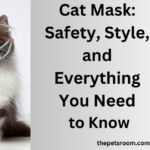

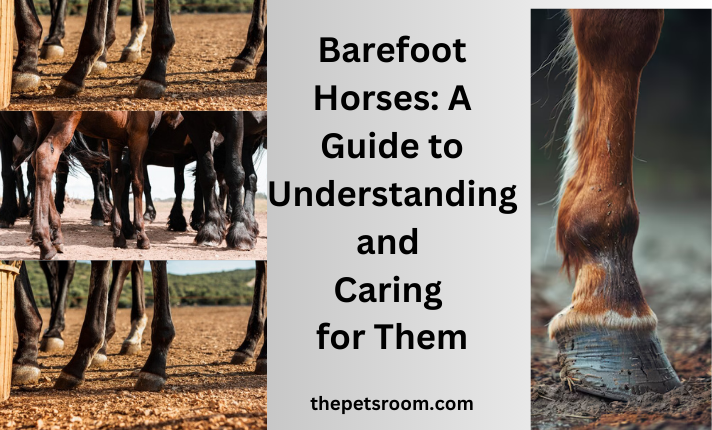
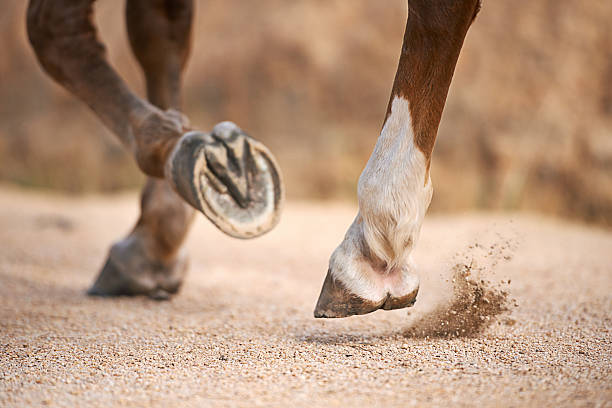
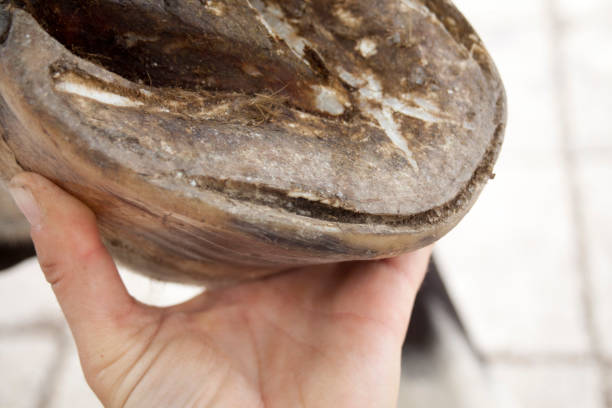
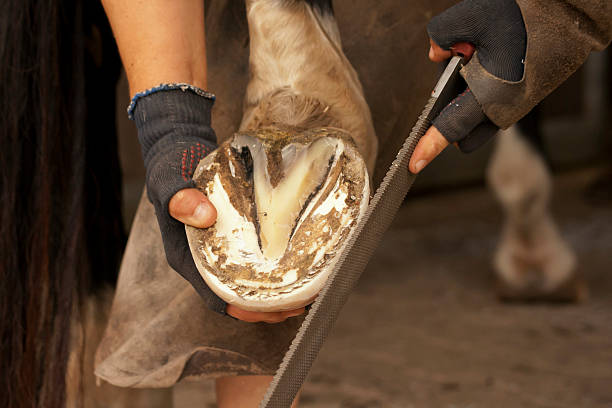
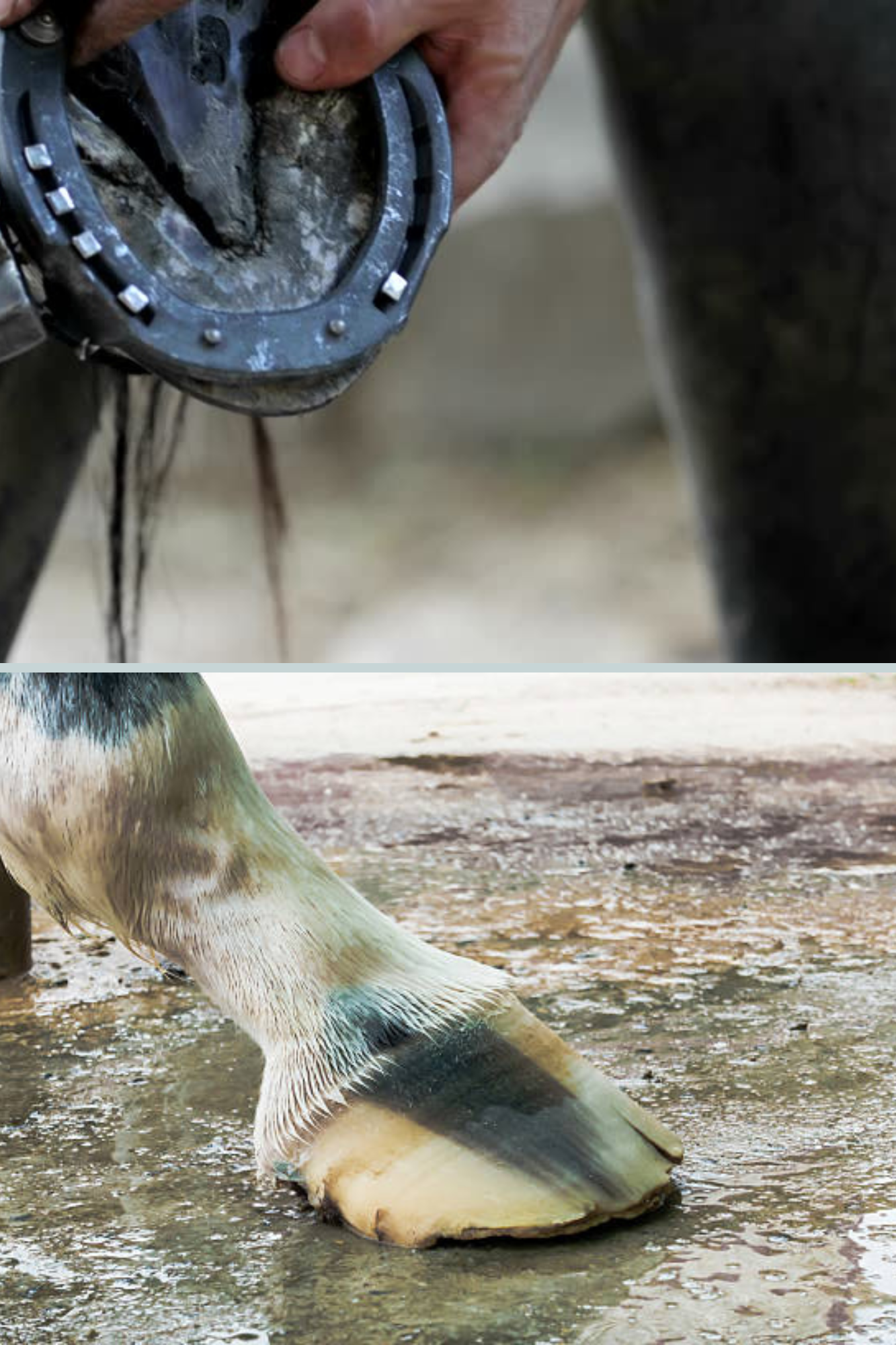




Program iz I truly appreciate your technique of writing a blog. I added it to my bookmark site list and will